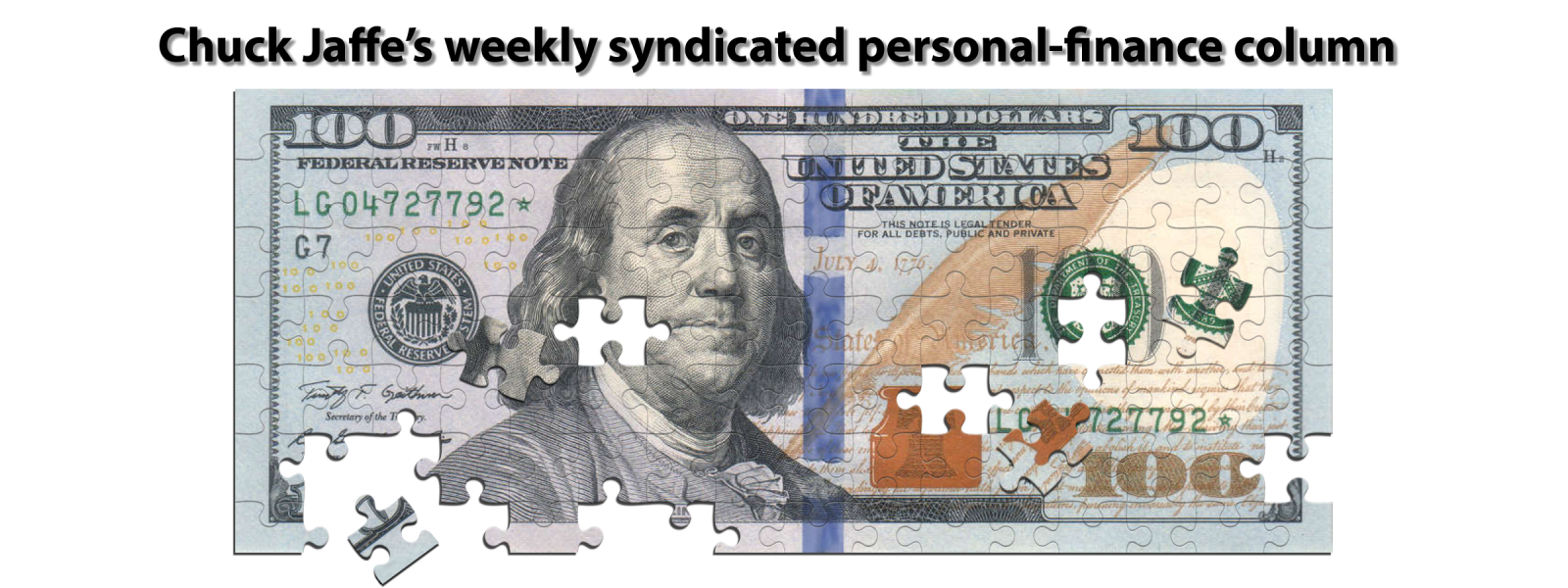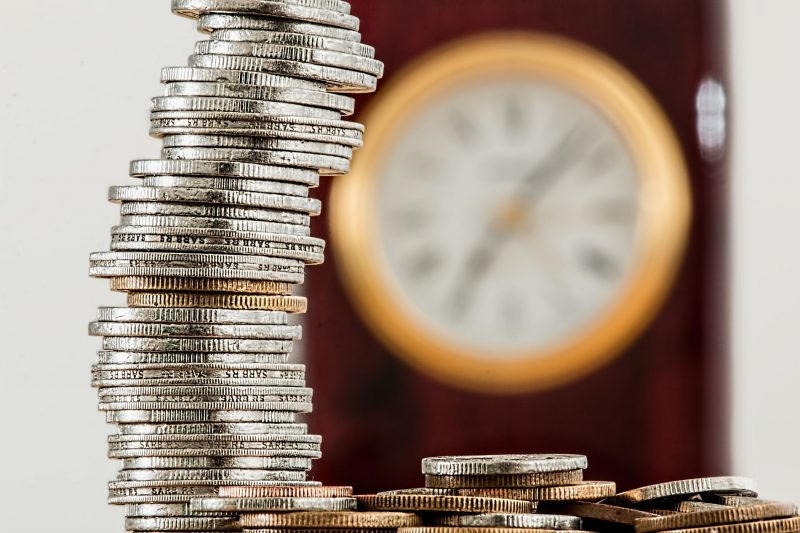Upsize the impact of your pocket change
Our wallets have a tendency to bleed cash. It’s how you put 20 bucks in there, and when it’s gone, you only can remember what roughly three-quarters of those dollars were spent on.
Two years ago, I decided to bank that blood from my wallet, changing how I “keep the change.”
It paid off bigger and better than I expected, generating $1,000 in 2020, and just under $1,200 in 2021 when I made more cash transactions as pandemic restrictions eased.
At a time when a multitude of studies show that only 40 percent of American adults could tap savings to cover the cost of a $1,000 emergency room visit or a car repair – and with the pandemic having highlighted the importance of building rainy-day/emergency funds – it’s clear to me that a lot of people could benefit from doing something similar.
The results are not a boast -– I apologize if this topic seems tone deaf to anyone struggling right now – but simply highlight how much can be squeezed easily out of ordinary spending.
I’ve always seen the value in saving change, starting with the bank account program my elementary school that helped teach us math, money and more.
My father’s “Florida fund” — established after my grandparents moved to Miami Beach when I was a boy – went from paying for plane tickets for family visits to becoming a savings vehicle for his grandkids. He supplemented his change with small amounts of cash that he saved for each child for 21 years, giving them generous gifts when they became adults.
I always liked the idea of scraping together small amounts to reach savings/spending goals that might have otherwise felt difficult or impossible to achieve.
As I became an adult, the change jar became my emergency fund until I had sufficient income to build one of those through other means.
Seeing results firsthand is one reason this column frequently pushes painless ways of saving, set-asides into retirement plans, to pay down debt, to fund a Christmas Club account, etc., using money taken off the top of a paycheck.
You don’t miss the money you never touch as it flows into savings.
But in trying to pro-actively generate savings out of my cash, I needed to flip the spending script, and make every transaction a savings event.
It started with not spending any dollar bills, meaning that everything under $5 received in change was collected. That action built a travel fund to be used with my daughters; with no trip scheduled as my youngest was finishing her education, that cash stash grew surprisingly quickly.
In 2020, I started saving all of my $5 bills too, meaning I didn’t spend anything under a sawbuck.
My former Boston Globe colleague Marie Franklin helped spark this effort; she has blogged about how she saved over $40,000 in less than 15 years just by not spending fivers. (Her blog is at savemoneyfastwithfives.wordpress.com.)
I haven’t changed habits or gone out of my way to use cash, which I’ve always preferred for small transactions because it forces me to see how easily money flows.
Saving all $5 bills dramatically increased the proportion of savings compared to spending. For example, if my visit to the post office – where I seem to use more cash than anywhere else — costs $3.88 and I pay with a $10 bill, there’s $6.12 headed for savings.
If I put the fiver in my wallet – rather than the savings jar — I’d still be saving $1.88, an exponentially smaller amount.
And if I paid with a $20 and my change all came back in small bills, the bill is “gone,” but savings is bolstered.
Financial personality Suze Orman famously said in 2019 that spending money on coffee was like “peeing $1 million down the drain.”
I’m not a coffee drinker, but my savings exercise would be the kind of thing that would make a coffee habit pay off, at least a little bit.
There are, of course, banks that have “keep the change” programs, rounding up transactions to the next dollar and saving the difference. Likewise, “round-up” apps like Acorns and Qapital generate savings off of credit-card transactions.
Anyone interested in those apps should be careful to align their interests and time horizons with the investments used by the program.
For me, however, it all starts with a mason jar.
In 2021, I put $665 in $5 bills into that jar, with another $439 in singles and $95.06 in cash, leaving me a buck shy of $1,200 on the year. In 2020, my total was $1,002, with $540 of that coming from the fives.
That much extra savings never felt like a struggle, like my cash was disappearing. I never felt like I was burning through too much cash.
That might be my station in life. My younger self – the one who was commuting to work and seeing money bleed out with little stops along the way – always seemed to feel like the wallet was empty and needed refreshing.
But I also recognize that if I had been half as successful – saving just $600 – and started doing this when I was first working, it would have created an enormous windfall as I near retirement age. Putting $600 aside every year for nearly four decades – assuming it had grown at 8 percent – would have generated about $150,000 in savings by now; bump the return assumption to a market-based 10 percent average, and the savings would now amount to about a quarter-million dollars.
Not bad for pocket change; if that’s the blood loss from your careless spending, it may not be a surprise if savings – emergency and otherwise – are anemic.
Too many people complain that they “can’t afford to save,” when the reality is that they can’t afford not to.
Find a way to stop the financial bleeding and to bank some of the superfluous spending. If that extra savings makes your financial belt feel too tight, it’s a sign that you’re spending too much.
Change that; keeping the change – and then some – is a start.
#-#-#
Chuck Jaffe is a nationally syndicated financial columnist and the host of “Money Life with Chuck Jaffe.” You can reach him at itschuckjaffe@gmail.com and tune in at moneylifeshow.com.
Copyright, 2022, J Features


